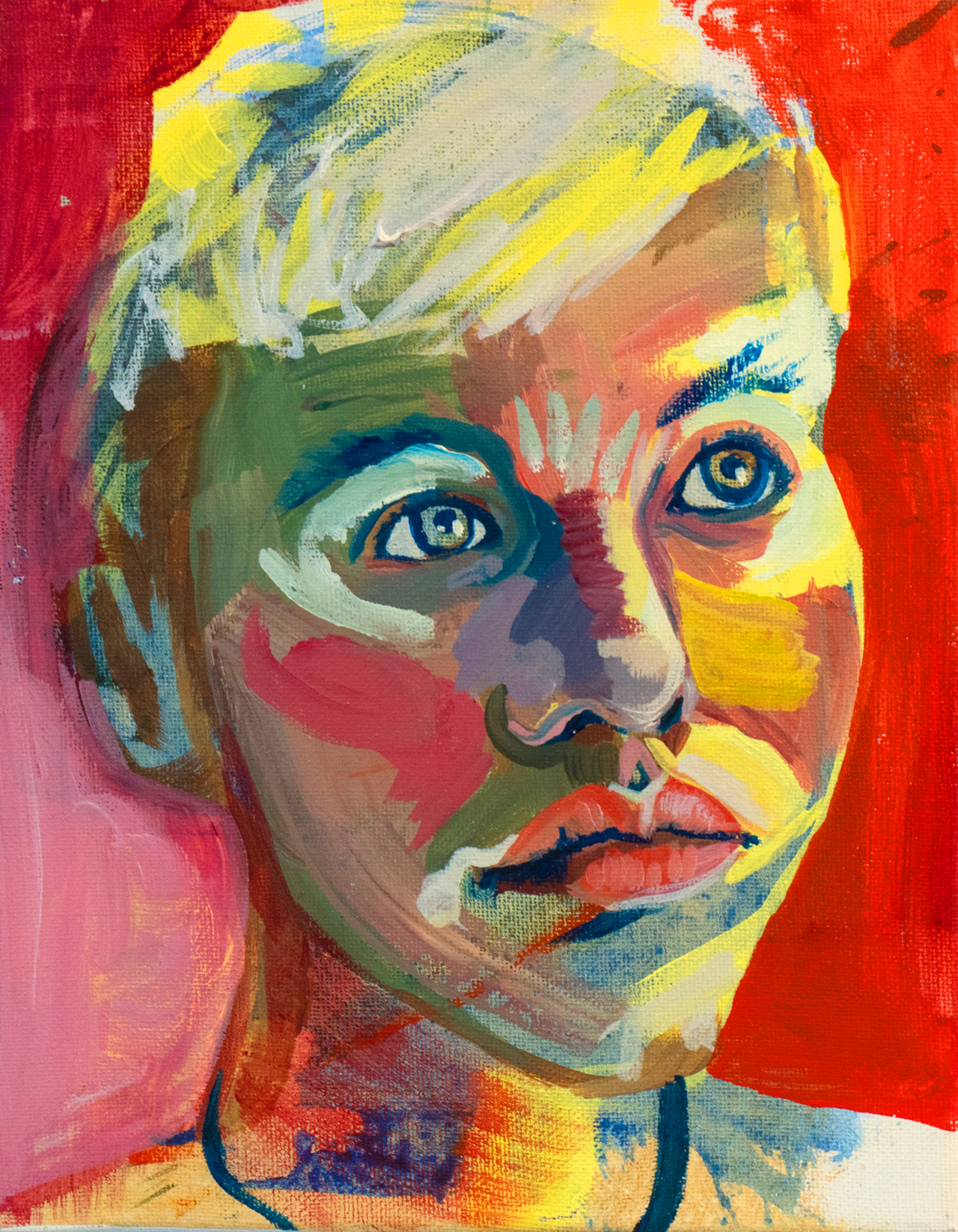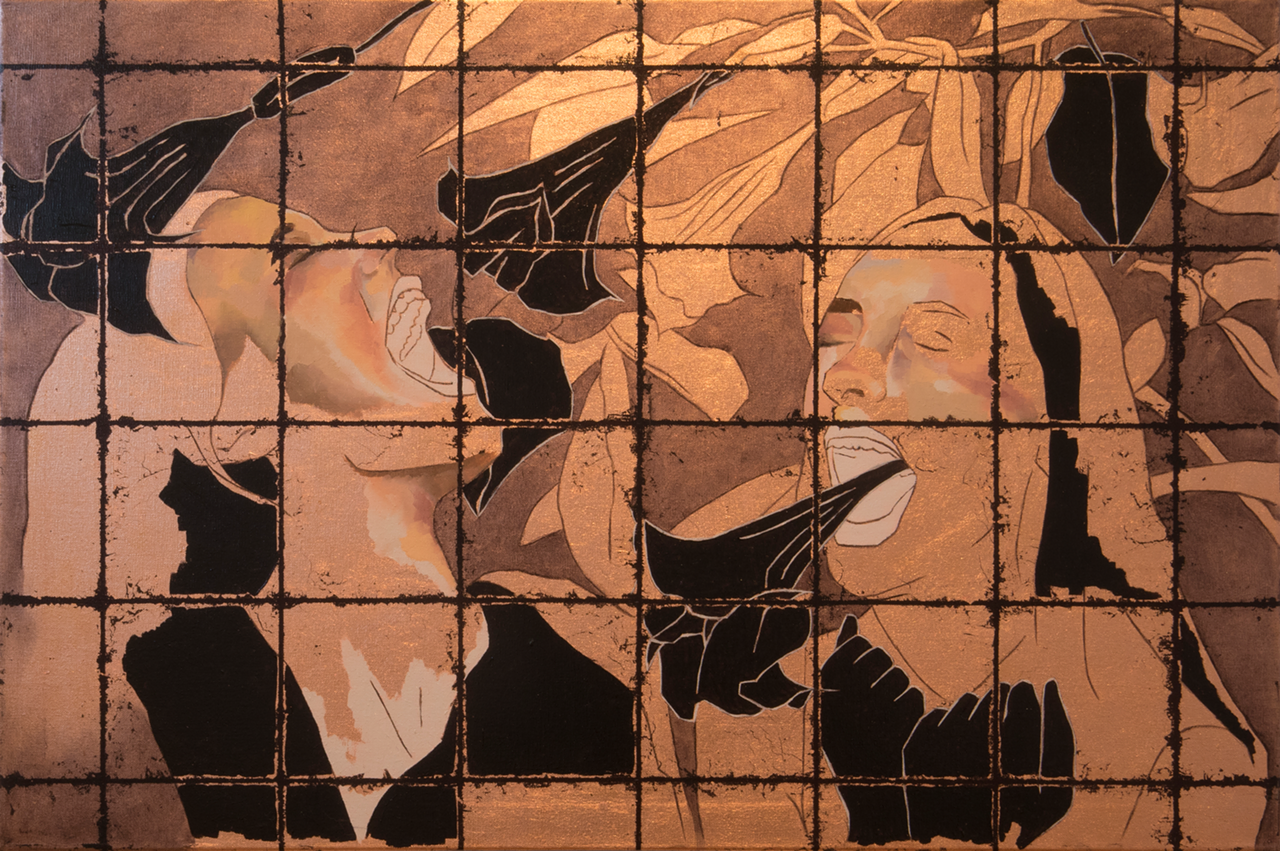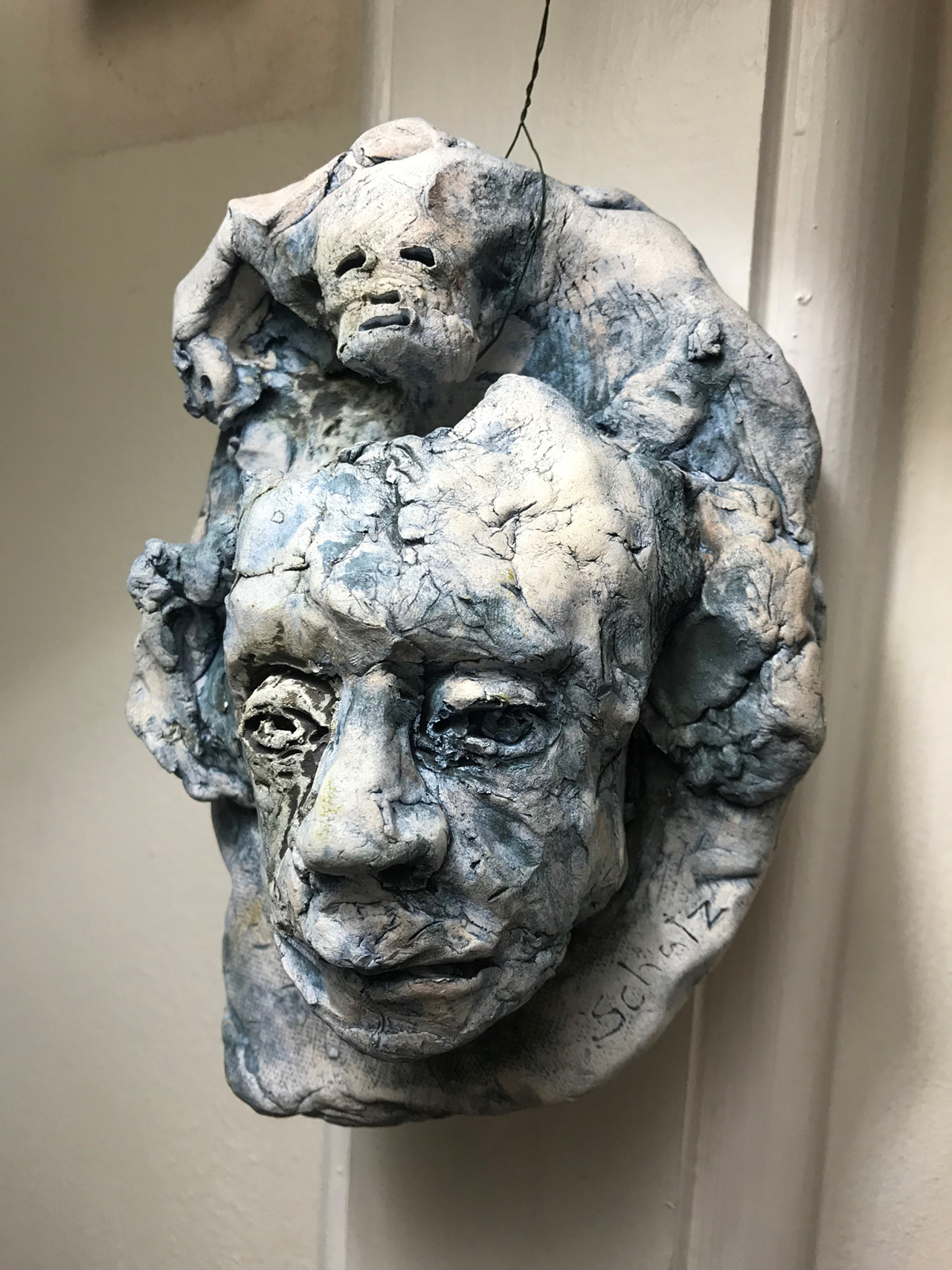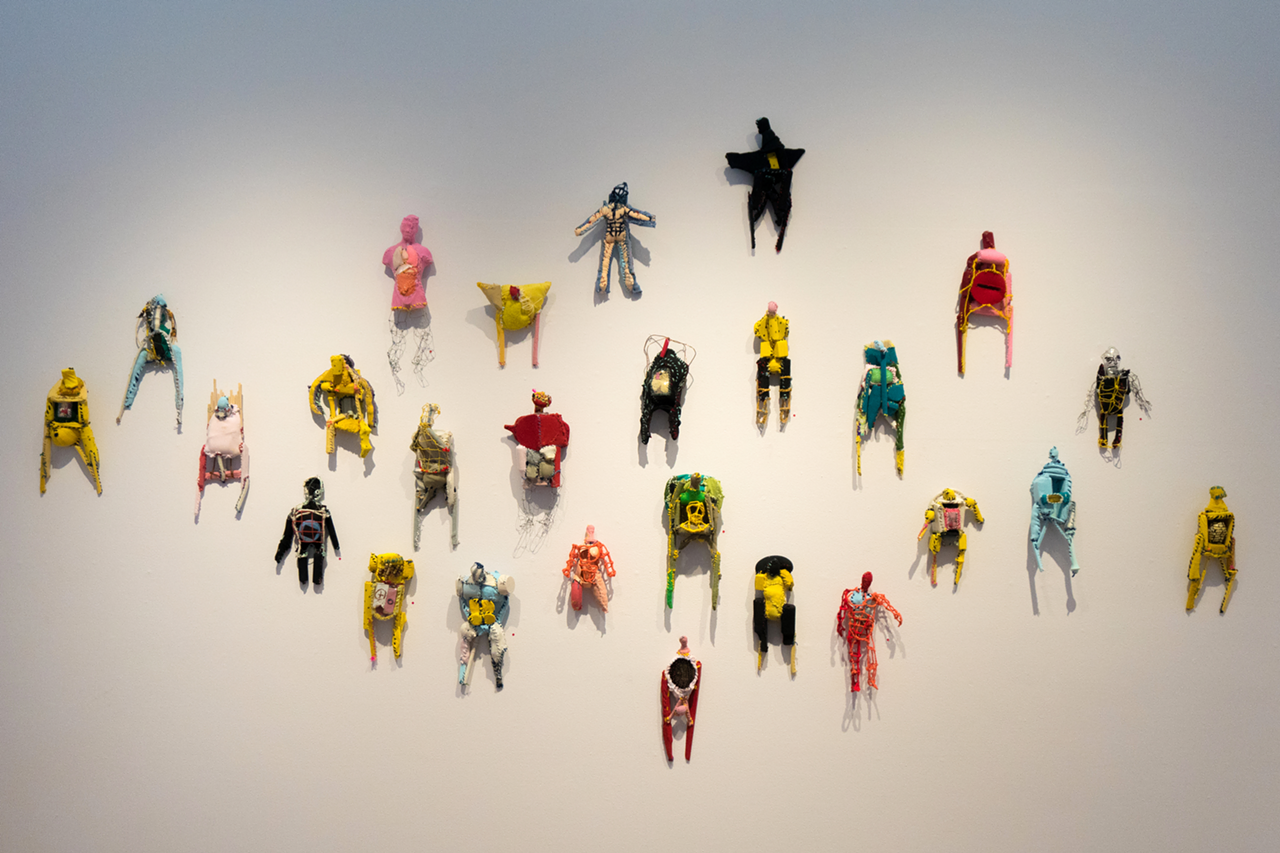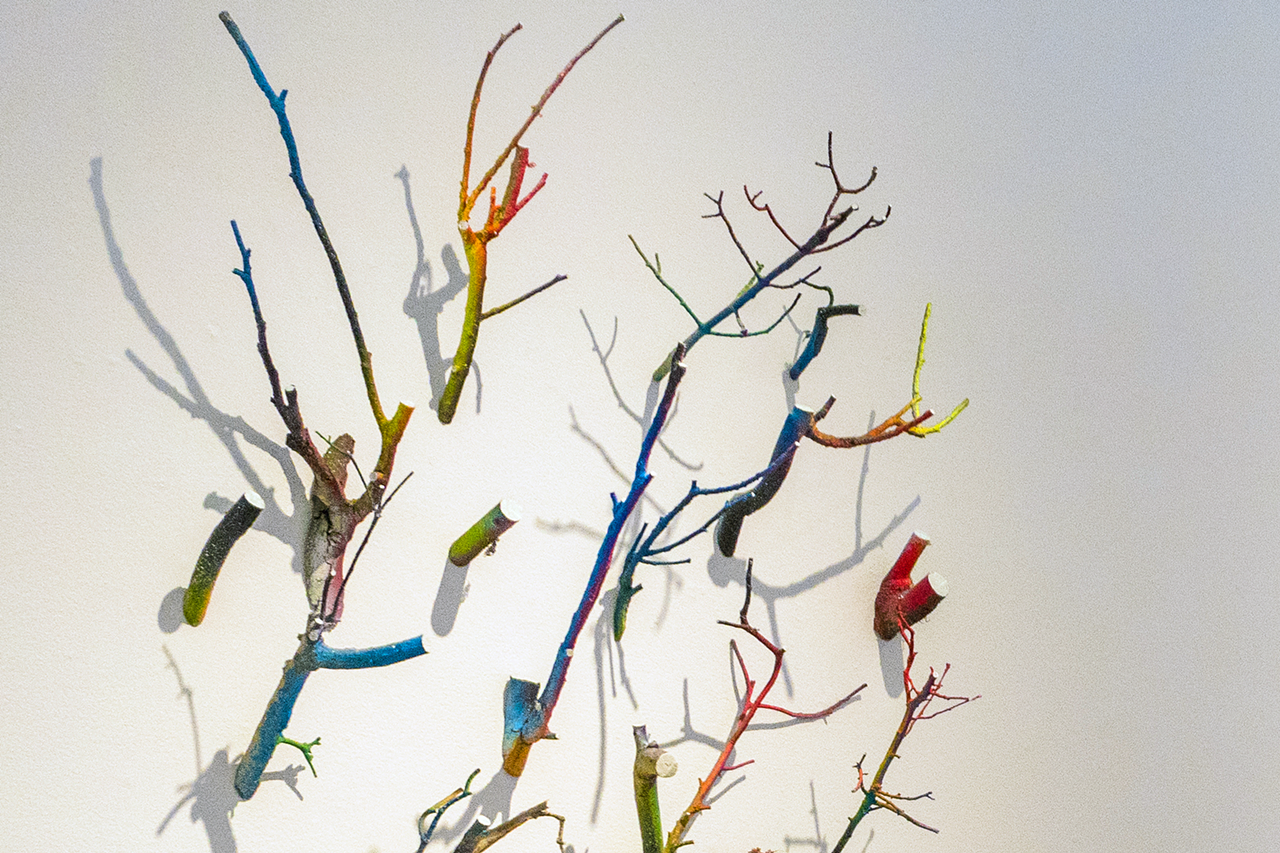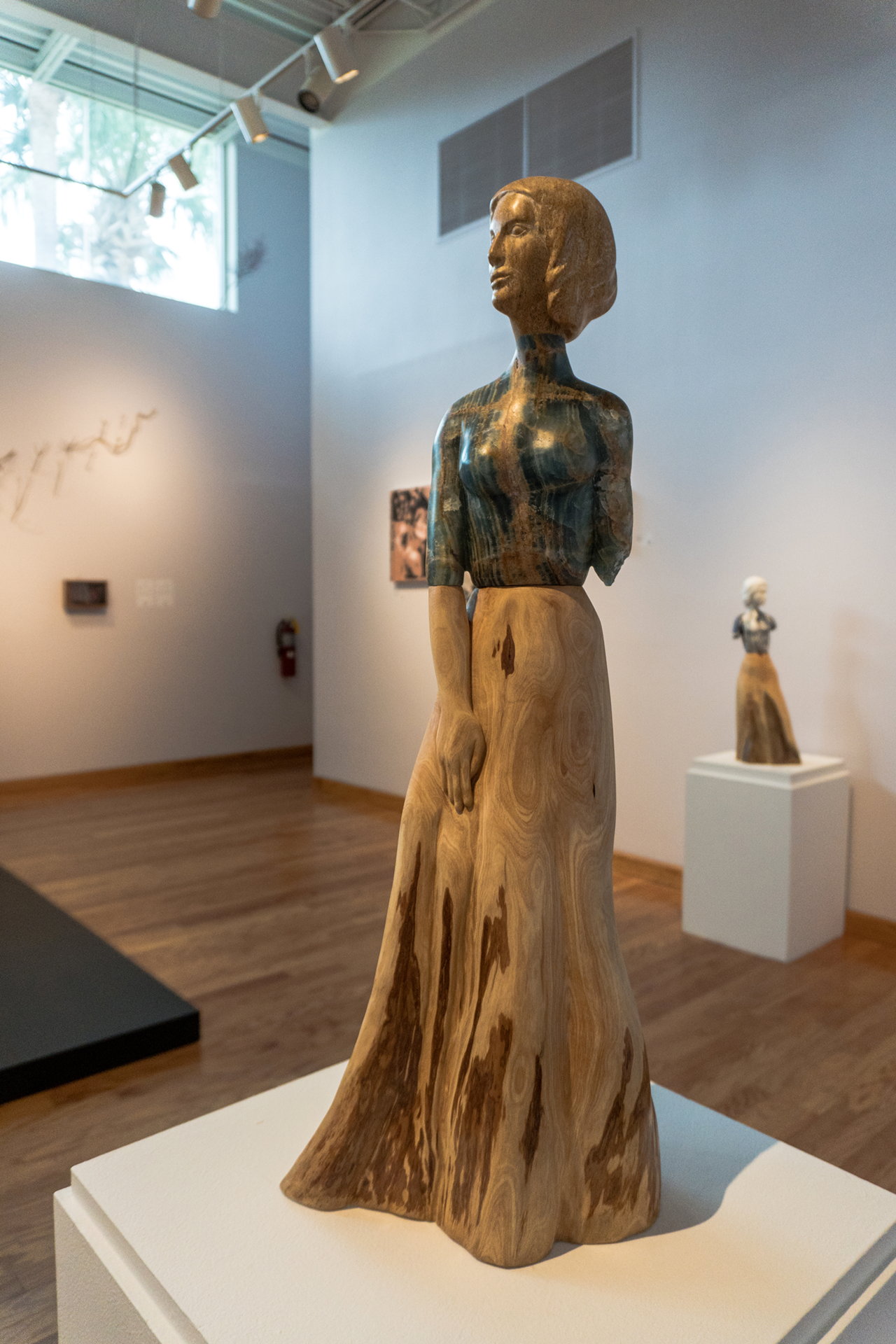I + Thou may seem like an unnecessarily old-fashioned title for an art exhibit, and I suppose it is, but there’s good reason for this. I and Thou is a translation of the German Ich und Du, the title of Martin Buber’s 1923 philosophy text. So the translation is a little old — in modern, American English, you’d simply say, “You and I.”
As the title suggests, this exhibit is all about our sense of identity and our relationships to others. Buber thought that people can form two kinds of relationships: I-it relationships and I-thou/you relationships. In the former, people are often viewed as things to be approached with caution or reservations. In the latter, I-you relationships, people are treated like, well, people. I-you relationships are characterized by openness and honesty, leading to a higher level of sharing between individuals and the world around them. One can even form an I-you relationship with art, according to Buber.
As I walk through the Dunedin Fine Art Center’s Entel Family Gallery, it is these I-you connections that I strive for. With each work of art, I try to see what the artist saw and feel what the artist felt. I keep myself open to the six artists who have displayed their work upon these walls. Each of them is so different.
Click through the gallery to see artwork from each of these artists.
Dunedin Fine Art Center’s Curator of Exhibitions, Catherine Bergmann, did an amazing job pulling this show together. The theme “I and Thou” means different things to different people, and that’s part of the fun. The variety of interpretations led to an interesting assortment of artwork that is truly a pleasure to see. It’s not just the artwork that I love here — it’s also the things it makes me think about.


